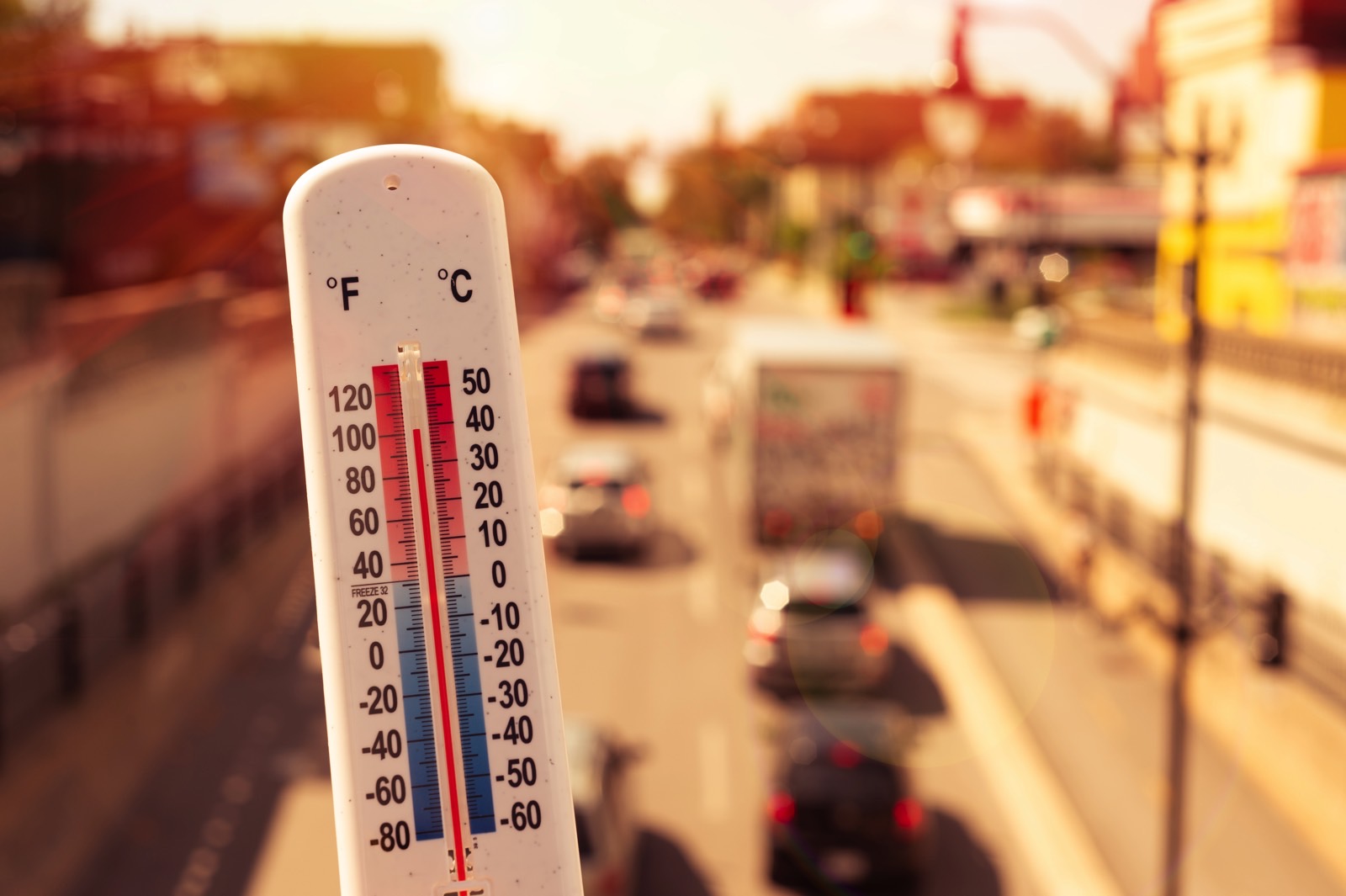Even if the world meets the international goal of limiting global warming to 1.5°C, the consequences of the climate change crisis may still be far more severe than expected. A new study warns that sea levels are set to rise faster than humanity can adapt, posing a long-term threat to coastal communities worldwide.
According to researchers, the current pace of melting from the Greenland and Antarctic ice sheets has already quadrupled since the 1990s. That loss is now the leading driver of sea level rise. Even if fossil fuel emissions were slashed today, sea levels could still rise by 1 centimeter each year by the end of the century. We’re losing our fight against climate change.
That might sound small, but the researchers warn that it’s essentially a tipping point in the climate change crisis. Once the pace of sea level rise reaches that speed, experts say adaptation becomes nearly impossible. Building coastal defenses fast enough would be unrealistic, especially for low-income countries. The result could be “catastrophic inland migration” on a global scale, and this isn’t the first time we’ve seen warnings like this.

The new study, published in Communications Earth and Environment, found that 230 million people currently live less than one meter above sea level, and a staggering 1 billion live within 10 meters. Just 20 centimeters of rise by 2050 could cost the world’s largest cities over $1 trillion in annual flood damage. And some cities might even sink into the ocean as a result of the ongoing climate change crisis.
This finding is especially concerning because we’re already nearing the danger zone. The global average temperature reached 1.5°C in 2024, and the world is on track for a rise of up to 2.9°C by the end of the century. That would almost certainly trigger the collapse of major ice sheets, eventually raising sea levels by 12 meters or more. To put it frankly, our coastlines would sink, and fast.
Despite the grim outlook, the researchers stress that every fraction of a degree still matters. Slower warming means slower sea level rise, buying more time for adaptation and planning. But there’s no longer a scenario where we completely avoid the effects. In the face of an unstoppable climate change crisis, the goal now is to limit the damage and prepare for what’s ahead.








